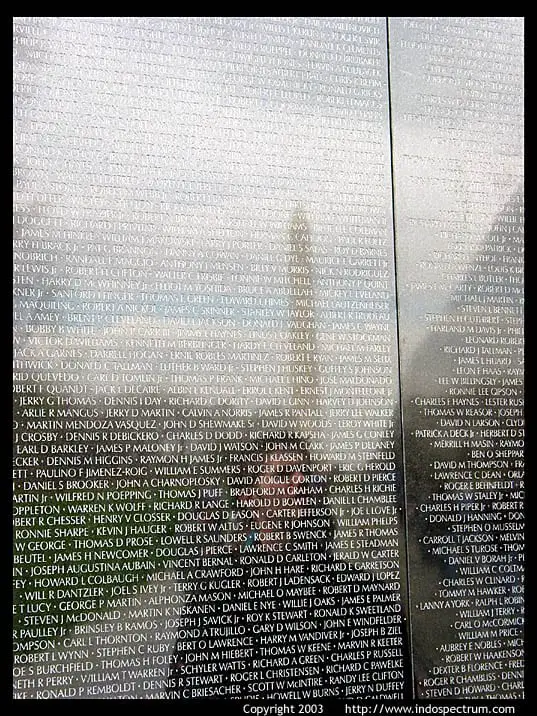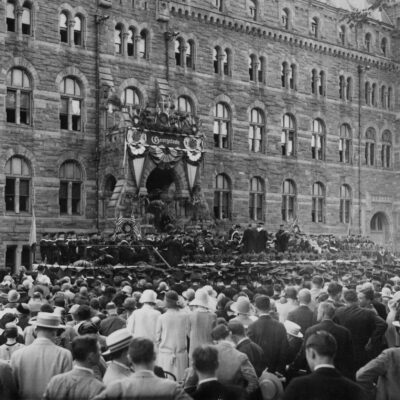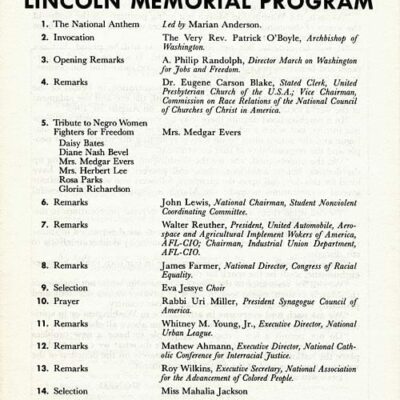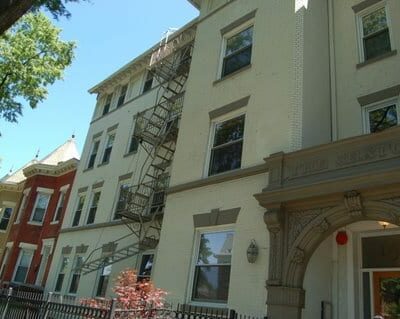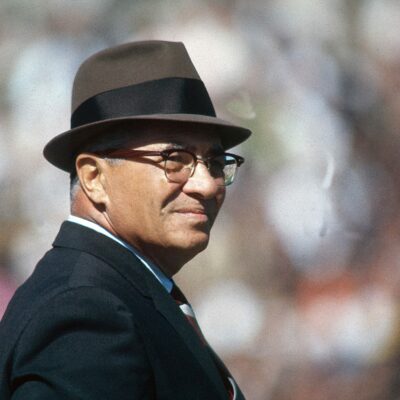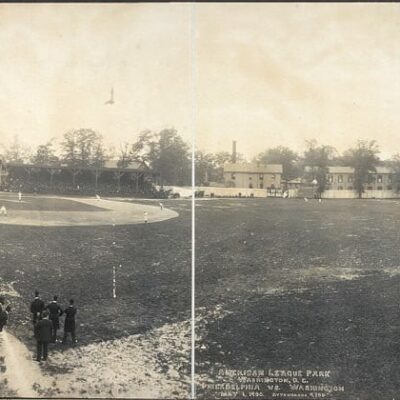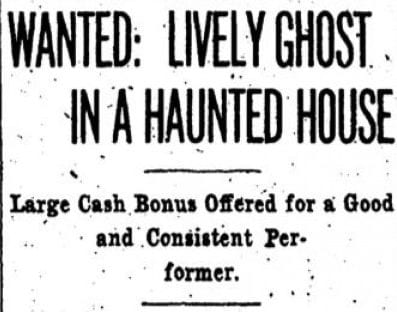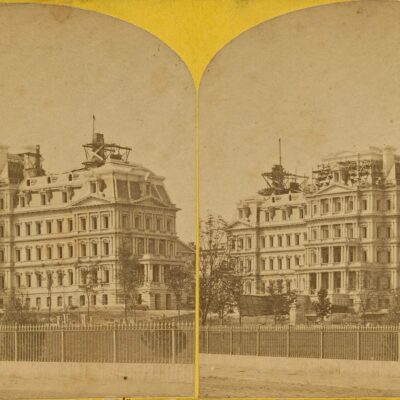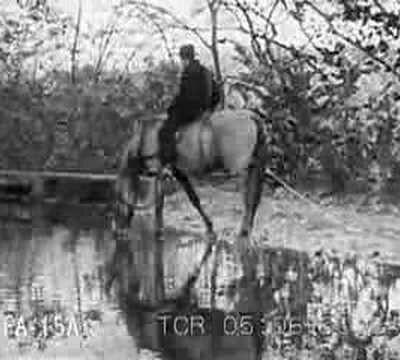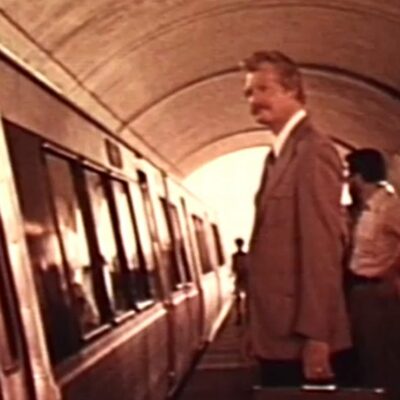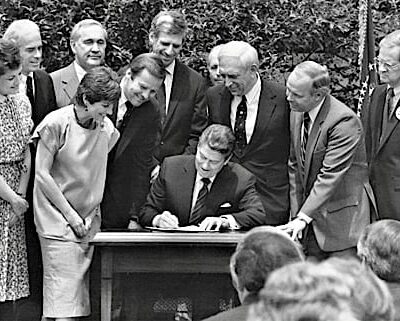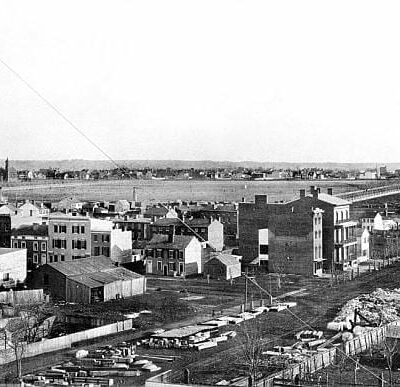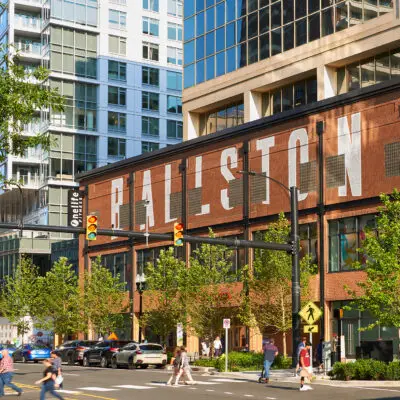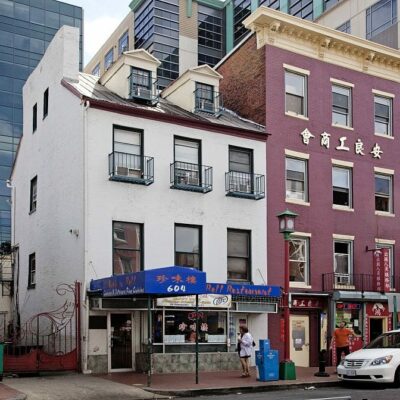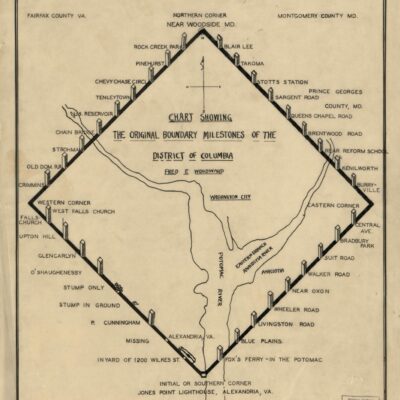This is a guest post by Rick. He also wrote a good one on the White House Easter Egg Roll.
The Ghosts of DC sometimes take shape in the midst of controversy, although most seem to recede from memory but their remains continue as companions.
The brouhaha surrounding the design of the Eisenhower memorial may be viewed by some as a matter of a difference of aesthetic opinions or one side’s concern for the costs of commemorating an American hero and president. And no doubt both taste and finance do add fuel to what seem to be smoldering fires of contention among the various parties to this, the most recent of a long line of controversies that seem to bedevil efforts to celebrate someone from America’s past.
Consider the sad story of the Washington Monument for a start. Congress had planned for a monument to His Excellency as early as 1783 and went so far as to call for it to be an equestrian statue. In fact, the plans for the new capitol included designation of a site.
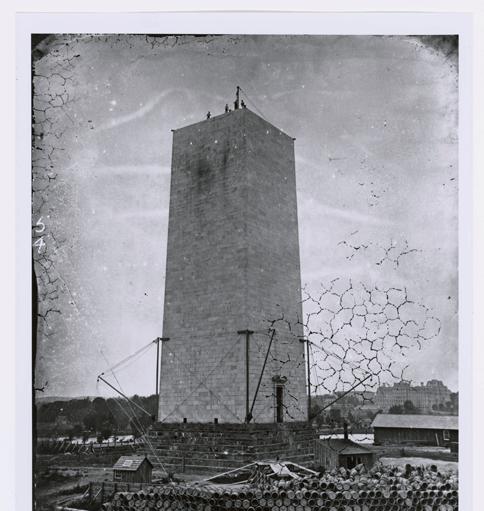
But in what would become a rather sobering and repeated spectacle involving monuments, Congress would not come up with the funds needed to erect a monument and the society set up to raise funds fell prey to politics. As a result, the monument was not even started until 1848 and then halted in 1856, still incomplete.
Work on the monument began again in 1876 and it was dedicated in 1885. So there you have it: Washington, THE founding father, dies in 1799, but nearly a century passed before a monument to him was completed. That, alas, seems to have set, if not a precedent, a pattern that continues to today.
The Jefferson Memorial did not avoid replicating the pattern. Championed by FDR, it aroused controversy first by being constructed just before and during World War II.

Then, no less a luminary than architect Frank Lloyd Wright criticized the design as too classical, modeled as it was on the Pantheon.
Historical sticklers opposed the site of the Memorial on the grounds (pun intended) that no provision had been made in the original design for the District.
But perhaps the most vocal and demonstrable opponents of the Jefferson Memorial were citizens, mostly women, of Washington who protested the removal of Japanese cherry trees to make way for construction. So irate where they, that they chained themselves to the trees.
And then there was the Vietnam War Memorial. As divided as Americans seem to be by that war, it may have been inevitable that memorializing it, especially so soon after what many saw as its ignominious end in 1975, would arouse heated passions regardless of its design. But the design, proposed by a 20 year-old artist, Maya Lin, was for its time a departure from the typical representational but usually heroic depiction of most war memorials.
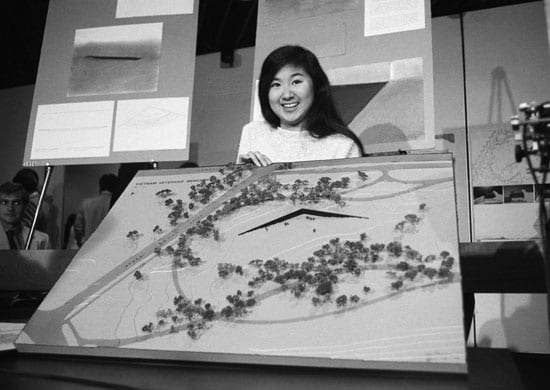
Opponents, including Ross Perot who provided funding for the competition to select a design, were appalled and described it as “a scar in the earth” and the “black gash of shame.”
Even after its installation, the Memorial aroused opposition and demands for something more conventional. As a result, statues of troops were erected nearby in 1984 and again in 1993 when the figures of three women and a wounded man were added.
Today, of course, the Vietnam War Memorial (which was never a declared war) attracts huge numbers of visitors year-round, and non-representational design has become part of several memorials.
